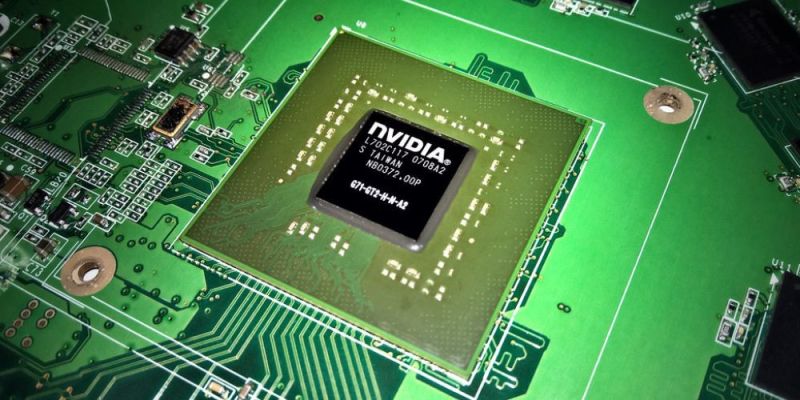DIY Graphics Revolution: Engineer Crafts GPU Against Odds
- Landon White
- April 01, 2024

In a landscape dominated by skyrocketing graphics card prices, one software engineer has embarked on a journey far from the beaten path. Meet Dylan Barrie, the maverick who, armed with an FPGA and a passion for innovation, crafted his own GPU from the ground up. This project, known as FuryGpu, provides a glimmer of hope for enthusiasts weathering the storm of an often inaccessible market.
The FuryGpu is a marvel of personal perseverance and technical ingenuity. Utilizing a Xilinx FPGA, Barrie has effectively designed a custom graphics card reminiscent of a 90s-era feature set. This labor of love was four years in the making, yielding performance capable of smoothly running Quake at 720p 60fps. Its specifications may not rival those of an RTX 4090, but FuryGpu's creation is a testament to what one can achieve in the confines of a home workshop.
Peering into the specifics, the FuryGpu boasts a tile-based fixed-function rasterizer, a quartet of independent tile rasterizers, and clock speeds peaking at 400MHz for the GPU and 480MHz for the Texture Unit. This retro-tech wonder also manages a full fp32 floating-point front-end alongside other notable qualities. While its performance is modest by today's standards, this quixotic quest encapsulates a shake-up, challenging the notion that graphics hardware development is the sole territory of tech titans.
Interestingly, the Herculean task was not the assembly of the hardware but the creation of Windows drivers, the most significant hurdle Barrie faced. The software layer's complexities highlight the struggle even major companies like Intel have when launching into the GPU arena. It also illustrates that with determination, expertise, and a creative spirit, barriers within the tech industry can be surmounted.
Dylan Barrie's FuryGpu journey is both inspiring and sobering. This solo achievement took four years to realize a GPU that's decades behind contemporary standards, yet it illuminates the profound complexity and hidden potential lying within personal endeavors. Although we're far from a DIY revolution capable of replicating today's most advanced graphics cards, the FuryGpu stands as a testament to what one individual can accomplish, birthing a sense of wonder about the future capabilities of homebrew hardware pioneers.















